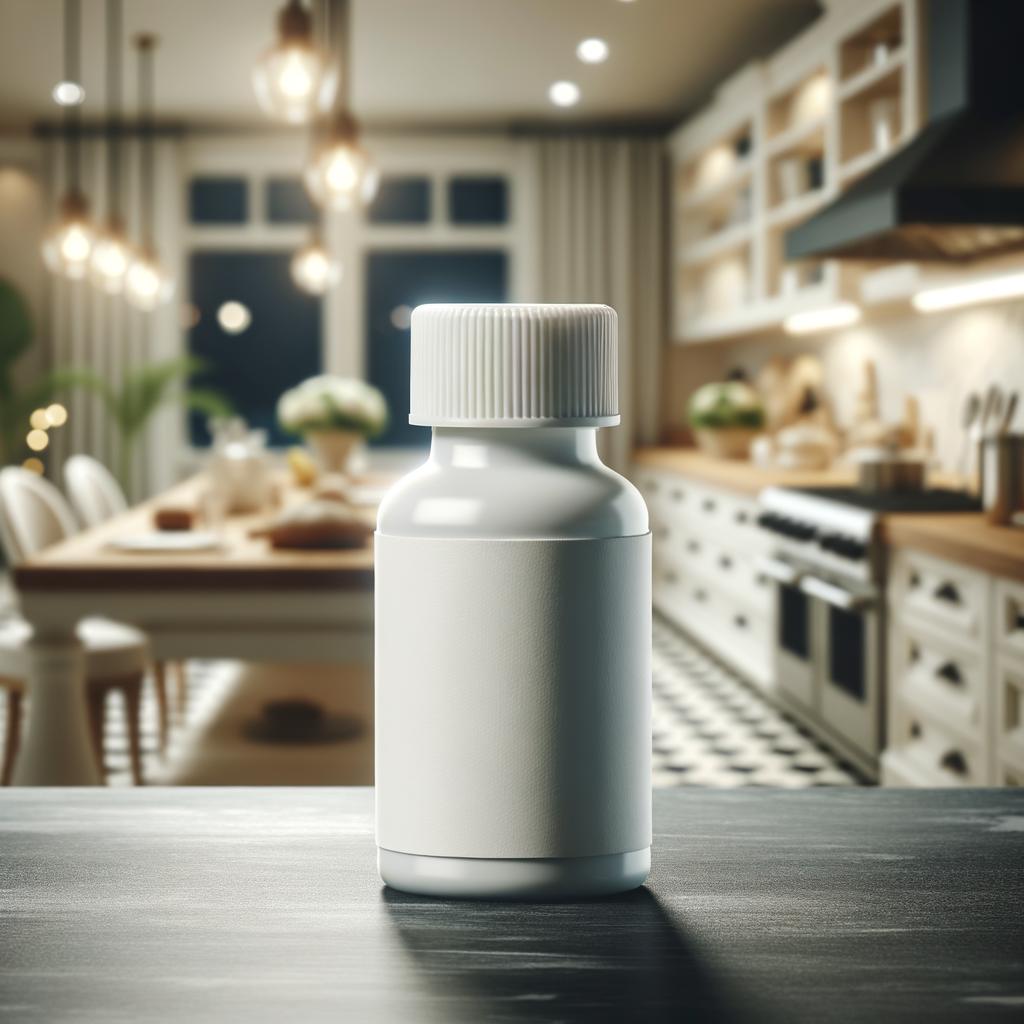White Food Coloring

Description White food coloring, an often-overlooked yet vital ingredient in the culinary world, is a magical potion that transforms simple dishes into ethereal masterpieces. This culinary chameleon is a colorless, odorless, and tasteless liquid or gel, often with a slightly viscous texture. Unlike its vibrant counterparts, white food coloring is unique in its ability to lighten and brighten other colors, and to provide a blank canvas for the creation of pastel shades in food.
Primary Uses In the realm of cooking and food preparation, white food coloring is a silent hero. It's commonly used in baking, particularly in frosting and icing, to achieve a crisp, clean white or to soften the hues of other colors. It's also a key component in making white chocolate, marshmallows, and certain confections where maintaining a pure, snowy color is desired. In the world of craft cocktails, a few drops can transform a simple drink into a frosted masterpiece. Beyond its culinary uses, white food coloring is often used in edible crafts, such as food-based paints for children's activities.
History The history of white food coloring is intertwined with the evolution of culinary arts itself. With the rise of baking and confectionery arts in the 19th century, the need for a colorant that could provide a pure white or soften other shades became apparent. Initially, bakers and confectioners used natural substances like chalk or bone ash to achieve the desired whiteness, but these were soon replaced by safer and more effective synthetic colorants. Over time, white food coloring has become an essential tool in the culinary artist's kit, helping to create everything from elegant wedding cakes to whimsical unicorn-themed cupcakes.
Nutritional Information As a food historian, it's important to note that while white food coloring plays a significant role in the aesthetics of food, its nutritional contribution is minimal. It's typically composed of water, sugar, and a food-grade synthetic dye. It doesn't provide any vitamins, minerals, or macronutrients. However, like other food colorings, it's generally considered safe for consumption in moderate amounts. Compared to natural colorants, it's less likely to cause allergic reactions or other adverse effects. However, as with any ingredient, it's important to use it sparingly and as part of a balanced, varied diet.

